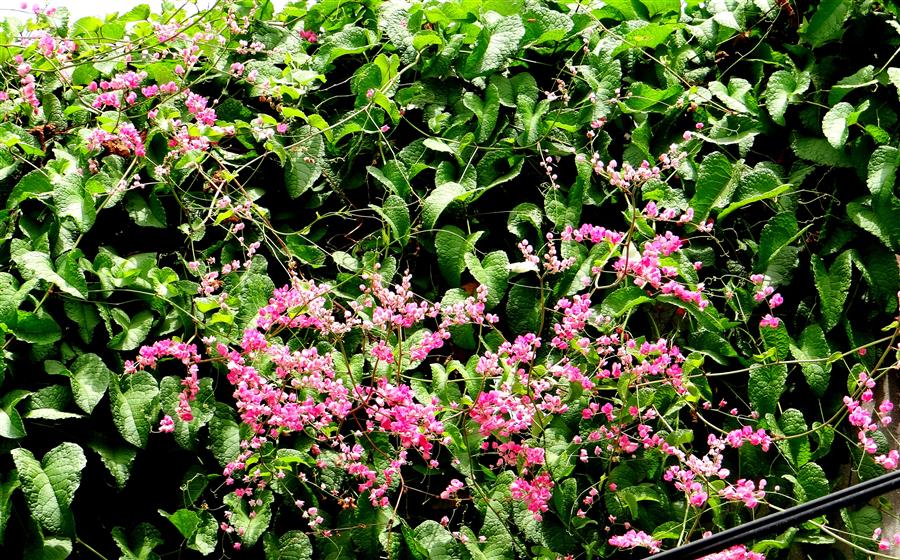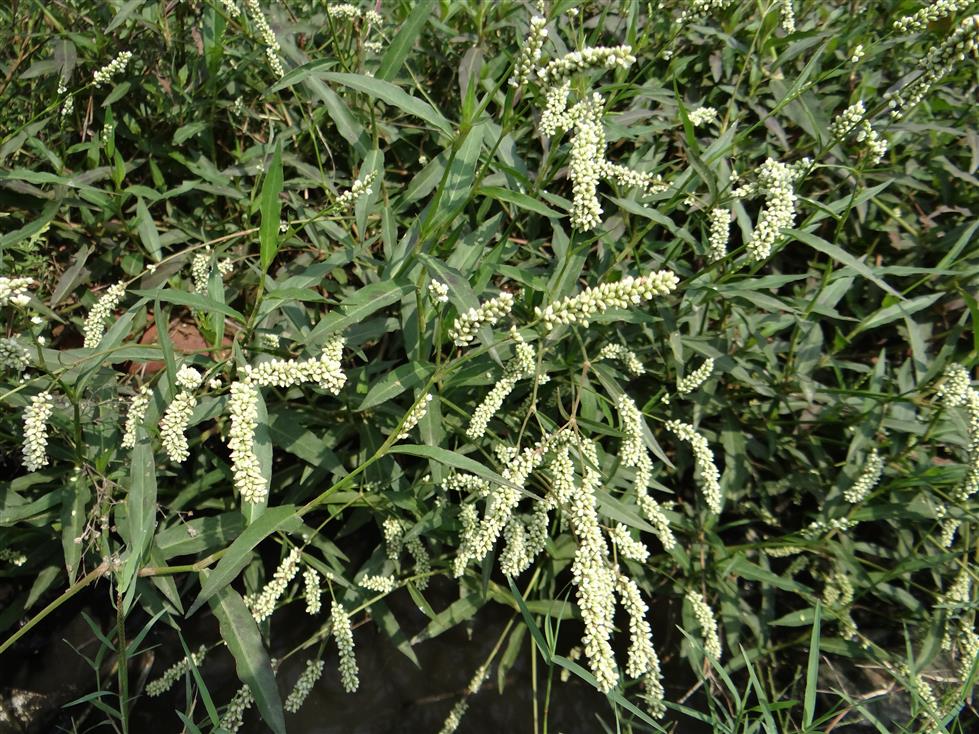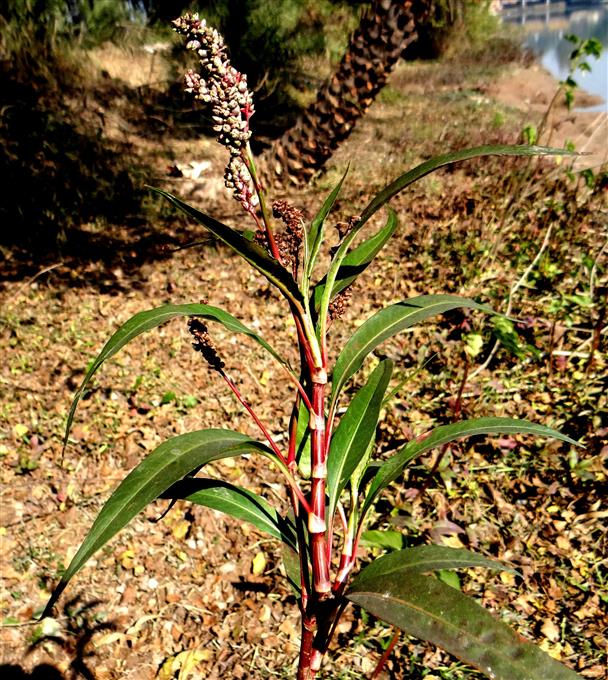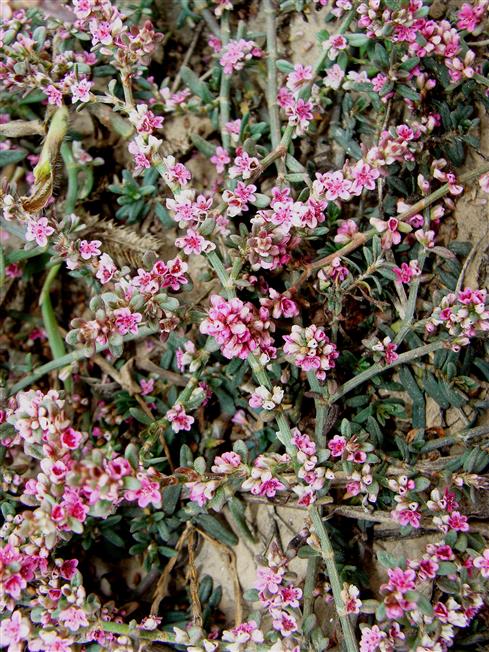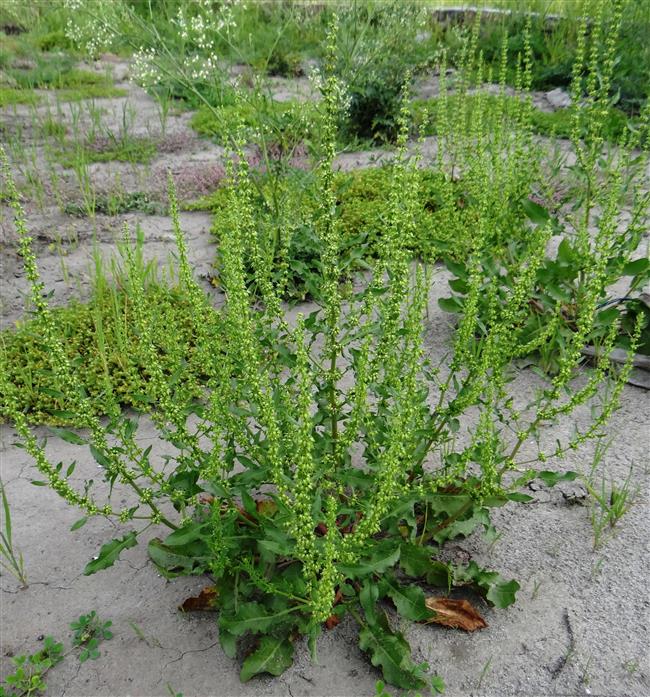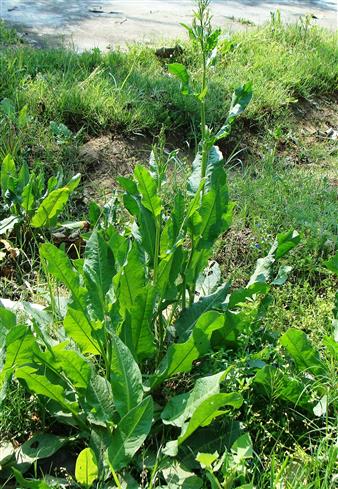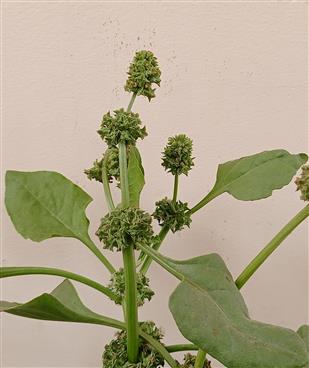POLYGONACEAE
Mostly herbs, few tendrillar climbers or twiners, rarely shrubs, trees. Stems and branches often swollen at nodes. Leaves usually alternate, simple, petiolate or subsessile, sometimes leaves modified into phylloclades; stipules usually united forming a sheath around stem (the ochrea), ochrea membranous, scarious, hyaline, at mouth entire, fimbriate, lacerate or ciliate. Inflorescence terminal or axillary, basically a cyme, often arranged in spikes, heads or panicles. Flowers small, actinomorphic, usually bisexual, rarely unisexual, hypogynous, usually trimerous in two whorls, rarely bimerous or 5-merous, monochlamydeous. Perianth of 5 or 6, rarely fewer segments, uni- or biseriate of 3 each, connate below, inner sometimes enlarged or modified with hooks, spines, wings or tubercles; tepals often persistent, usually enlarged and membranous in fruit. Stamens 5-9, rarely fewer or more, uni- or biseriate with nectar secreting glands at base, filaments free or united at base; anthers bithecous. Disc annular, often lobed. Carpels 2-3, syncarpous, ovary superior, flattened or 3-angled, unilocular with one basal ovule; style 2-3, rarely 4, with stigmas capitate or fringed. Fruit a biconvex or trigonous nut, shining brown or black, often enclosed by persistent perianth.
55 genera and about 1260 species
